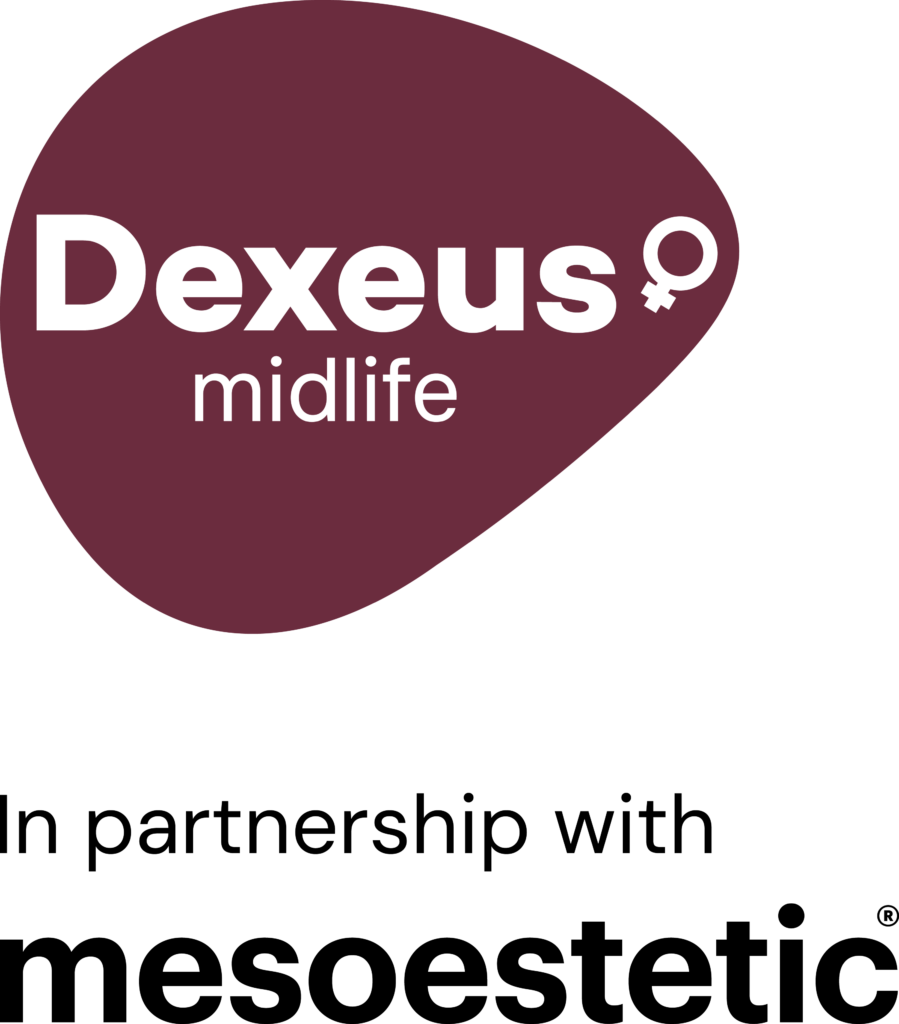Hot flushes are sudden feelings of heat associated with cutaneous vasodilatation and sweating, followed by a decrease in body temperature and a transient acceleration of heart rate. The feeling starts at the chest and extends to the neck and face. They can last from a few seconds to several minutes, and are more frequent at night and in stressful situations.
They are part of the vasomotor symptoms that cause the fall in the level of oestrogen at this stage. Vasomotor symptoms also include sweating, palpitations, insomnia, a feeling of numbness or changes in sensitivity, headaches and vertigo. The cause has not been fully determined, although hormonal changes are believed to cause mismatches in the thermoregulatory centre of the body, peripheral vascular system and transmission of neurochemical messages, which lead to its onset.
In general, the average duration is 4.5 years after the last menstruation, although in some cases it may last for a few more years. Fortunately, most of these episodes are mild or moderate and only 20-30% require medical attention.
Factors that trigger hot flushes
Mild hot flushes can be controlled with lifestyle changes, such as following a healthy diet, keeping cool, exercising regularly, monitoring weight, quitting smoking and avoiding triggers.
- Drinking alcohol or large meals.
- Hot and spicy foods.
- Drinks with caffeine.
- Increased environmental temperature.
- Closed spaces.
- Tobacco.
- Stressful situations.
- Excess work.
- Sleeping disorders.
Similarly, the factors that increase the risk include obesity, lack of exercise, menopause caused by surgical intervention, ethnicity (they are more common in people of African and Caucasian origin, and less common in those of Asian origin), genetic predisposition or premenstrual syndrome history.
Treatments for hot flushes
In the event that the hot flushes are severe or have a significant impact on quality of life, different therapeutic, natural or hormonal alternatives can be used. The doctor will assess whether it is suitable according to each case.
Integrative menopause medical consultation
Integrative menopause medical consultation
This is a consultation by a gynaecologist specialising in women's regenerative and functional gynaecology....
Read moreAdvice consultation on menopause
Advice consultation on menopause
Menopause is a natural stage in women's lives that deserves to be experienced with vitality, optimism and confidence. At Dexeus...
Read moreHormone therapy
Hormone therapy
Hormone therapy has been proven to be safe and efficient and is the most effective way to alleviate the symptoms...
Read moreNatural treatments
Natural treatments
Natural treatments and therapies have been shown to be helpful in treating some common menopausal symptoms. Most can also be...
Read moreFAQs
How long can they last?
In general, 60% of them remit or disappear completely after the first 4-7 years from the last period. But in some cases they can last up to 10 years..
When should you go to the doctor?
Whenever they have a negative impact on our quality of life: if they prevent us from carrying out our daily activities, they affect sleep and rest or work, then it is necessary to see a doctor. The same applies if they are very frequent or severe.
Why do they affect some women more than others?
The cause is not known, but it is true that eating habits, physical exercise and stress levels can play a role. There are also factors that can lengthen their duration, such as early menopause, low educational levels, obesity, depression and/or anxiety. But it is not possible to predict which women will have more or less hot flushes, their intensity or duration.
What natural treatments are recommended and what results do they offer?
Natural treatments are active substances of plant or animal origin that, to be effective, must be administered in a personalised manner rather than just taking any amount or type. They have a latency time to assess their effectiveness of about 3 months. The natural products that have been studied include black cohosh, isoflavones, pollen extract, hop and sage. But they must always be taken in the appropriate doses and under medical prescription.
If I need hormone therapy, up to what age can I take it?
It depends on each case. In general, there is a broad scope and if you start to take it within 10 years from the last menstrual period or before reaching 60, the benefits are greater than the risks.

